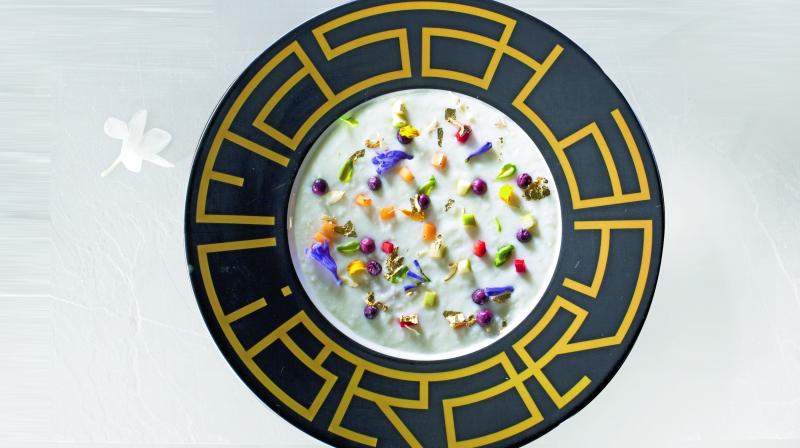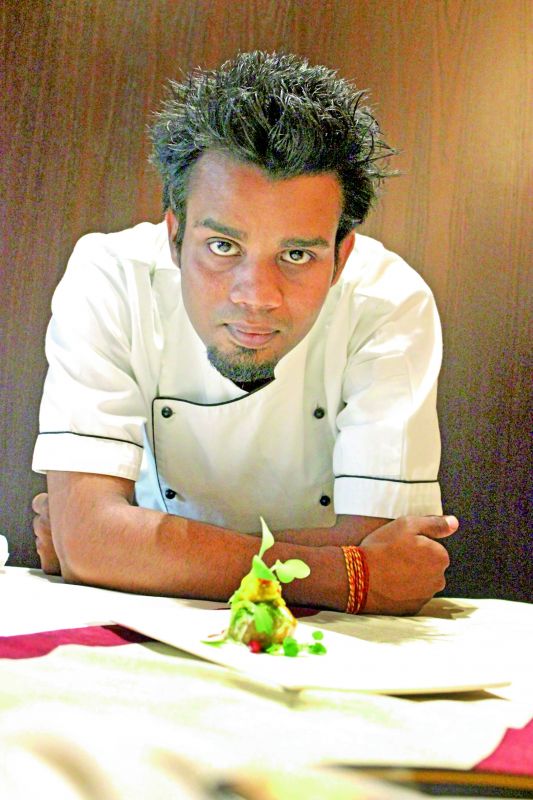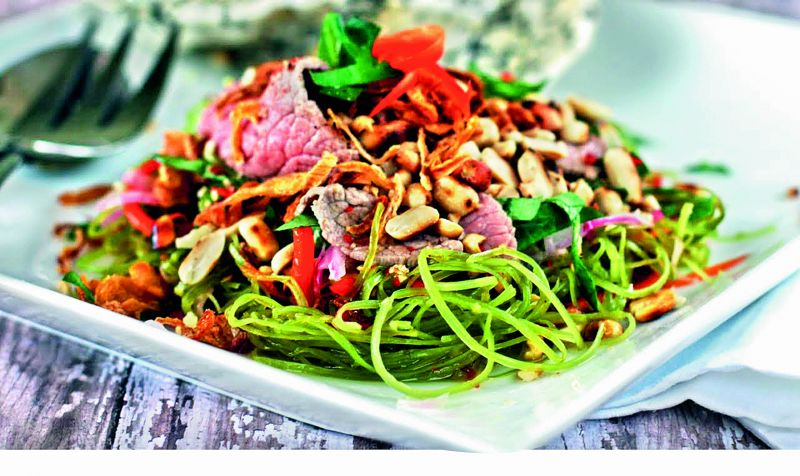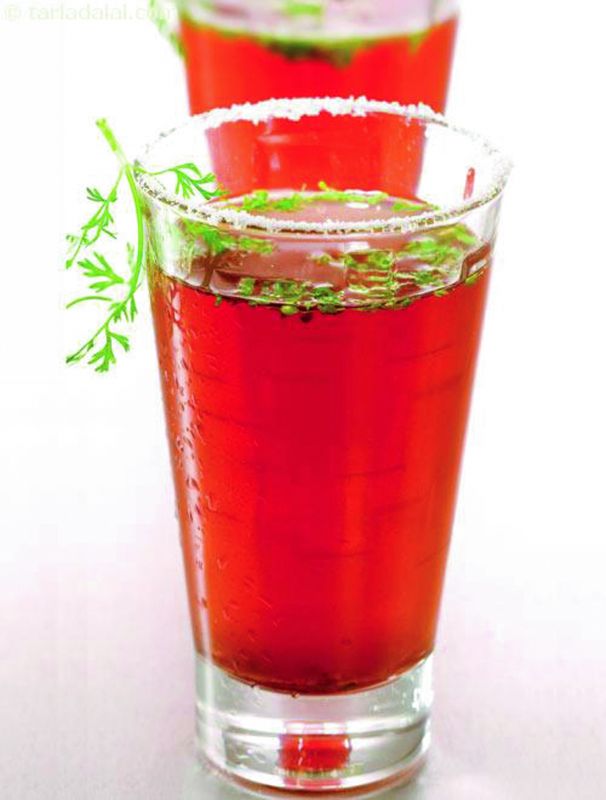A mouthful of flowers
Edible flowers were once a crucial part of Royal cuisines in India.

From roses and lavender blooms to banana blossoms and kokum, a wide array of flowers once sat pretty in Indian kitchens. Chef Saurabh Udinia shares the special qualities of these floral delicacies, and why they wilted and faded over time.
 Chef Saurabh Udinia, Chef de Cuisine — Modern Indian, Massive Restaurants Pvt Ltd.
Chef Saurabh Udinia, Chef de Cuisine — Modern Indian, Massive Restaurants Pvt Ltd.
Feast of roses
Flowers were a crucial part of many Indian cuisines in earlier times. And they lent their unique fragrance and flavour to several dishes. The nawabs of Lucknow are said to have enjoyed mutton kormas made with a generous quantity of roses. The dish was called Gulaab Korma, which included a lot of dry fruits as well.
Why they faded away
However, it became increasingly difficult to continue using flowers because there was a lot of demand for these flowers and they weren’t being cultivated in adequate quantity to meet this demand. Cultivating these flowers required a lot of care and attention.
For instance, when we opened Masala Library in Mumbai, we included lavender kheer in the menu. But it was very difficult to sustain the dish as part of the menu and thus, we removed it.
Bouquet of flowers
Rose, jasmine and lavender were some of the most commonly used flowers in our mainstream menus. Royal cuisines like Awadhi, Hyderabadi, Lucknowi and Mughlai cuisines were famous for the usage of these flowers. In some areas, people still use these flowers for cooking at home. Gulkand is one of the most popular items of roses — which was often used in pulao and in lot of desserts and drinks.
In the north, Kashmiris used the stamens of flowers as a condiment. Also, the saffron flower, being easily available in the valley, it is still a popular edible flower in Kashmir.
The marijuana flower was traditionally used in Himachal Pradesh for making chutney.
In rural areas of Punjab and some parts of Rajasthan, mustard flower is very popular. People used it to prepare a tangy chutney.
In the south, banana blossoms continue to be a favourite of many. Usage includes mixing the flower with the batter used to make the famous south Indian bondas, and frying it; and it is often also used as a vegetable for preparing appam. The banana blossom flower is also popular in Marathi and Bengali cuisines.
Kokum is another very popular flower which is still widely used in Goa. The Goans fondly make Goan imly with the flower.
The techniques
The techniques of cooking dishes with flowers depend on the purpose the flowers serve in the dish. Roses, lavender and jasmine are used for their fragrance. So we put them at the end of cooking the dish so that the dish retains the aroma and flavour of the flowers. The banana blossom is treated like any other vegetable. One can compare it with cabbage or a banana stem. For dishes prepared with kokum flowers, only preserved kokum is used. It gives the dish a rich good purple colour. It has good cooling properties and can be used in summer.
Lavender Kheer
Ingredients:
2 litres full cream milk
200 gm whipped cream
200 gm rice
20 ml thandai syrup
100 gm castor sugar
10 fresh lavender flowers
Method:
Boil the milk in a heavy bottom pan.
Gradually add rice and sugar, and cook till rice gets cooked.
Simmer the cooked liquid and keep stirring till the rice and sugar gets dissolved.
Reduce it to half for the desired consistency.
Take the pan off the flame and let it cool.
Add thandai and lavender essence for flavour.
Garnish with fresh lavender flowers and serve.
Banana Blossom Salad
Ingredients:
2 banana blossoms
15 ml white wine vinegar
100 gm shredded chicken tikka
Salt to taste
1/3 gm pepper
10 ml lime juice
1 grape fruit
20 gm mint
20 gm shallots (Madras onions)
20 gm toasted pine nuts
Method:
Peel off and discard the tough and outer layers of banana blossom and cut into juliennes.
Wash them nicely to remove dirt.
Plunge them in a large bowl of cold water and soak them in white wine vinegar.
Drain the salad of excess water and vinegar, when ready to prepare.
In separate bowls, cut chicken and mix the rest of the ingredients.
Mix the ingredients well and add chopped and toasted pine nuts and garnish with edible flowers.
Kokum Sherbet
Ingredients:
10 dry kokum
100 ml water
20 gm sugar
7 cardamoms
5 gm roasted cumin powder
5 gm black salt
Method:
Rinse kokum fruit in water for half an hour.
Chop kokum fruit, remove its seeds. Retain the pulp and outer cover.
Grind fruit and pulp with water. Strain kokum mixture.
Boil sugar and water until it becomes syrupy.
Cool the syrup and strain kokum water.
Add roasted cumin powder and cardamom powder.
Mix well and then strain.
While serving, add dried kokum flowers to garnish and serve chilled.



